Early Color Photography, and the Man Who Revives It
May 17, 2024What started as a hobby for Stuart Humphryes has turned into a social media behemoth.
Since July 2020, Humphryes has been enhancing spectacular early color photographs to an adoring following. And after much clamoring, he finally has a book out: The Colors of Life: Early Color Photography Enhanced by Stuart Humphreys.
Humphryes, who works in the planning department of his local council by day, found his niche “by chance,” he says, by merging his background in colorizing film and restoring black and white photos. “I get enormous satisfaction from doing it, and enormous satisfaction from the pleasure that it gives people.” Today, he has over 200,000 followers on X. “It's not just passive—people tend to comment and ask questions. They're engaged, so that engages me.”
He’s not adding color to black and white photos, as people often assume, but rather enhancing the scans of faded early color photographs known as “autochromes,” which date back to the early 20th century and needed about 30 times the exposure time compared with black and white photos of the era. “A lot of people have black and white photographs from the 1970s,” Humphryes says. “They don't realize that people have been taking color photos since 1861.”
When taking autochromes, Humphryes says, early experimenters would sandwich a layer of dye-tinted potato starch between glass plates, which “acted like a filter.” When the autochromes were processed, the thousands of individual grains of potato starch show in the photo, “like a pointillist painting.”
“So if you zoom into an autochrome, the image completely breaks up. They only work from a distance, because as you go into them, the dots get bigger and bigger, and there’s no detail,” Humphryes says. “I use a computer code to average out the difference between the dots that kind of smooths it out—it gets rid of the dottiness. That way, people on their mobile devices can zoom right into the photo, and it doesn't break up. It makes that sort of old photo technology user-friendly. It creates detail that wouldn't be there.”
Autochromes have other faults, though. “Over the century, they fade and they crack and split. The balance of the dyes changes, so they become either quite heavily yellowed or quite heavily blue. The reds degrade quickest. I use the digital scans to rebalance the colors, clean them up, and get rid of all the dirt and the noise. I use some algorithms, computer software to clean them up and look like modern digital images,” Humphryes says. “Everything is original, but it's just kind of boosted to the maximum degree.”
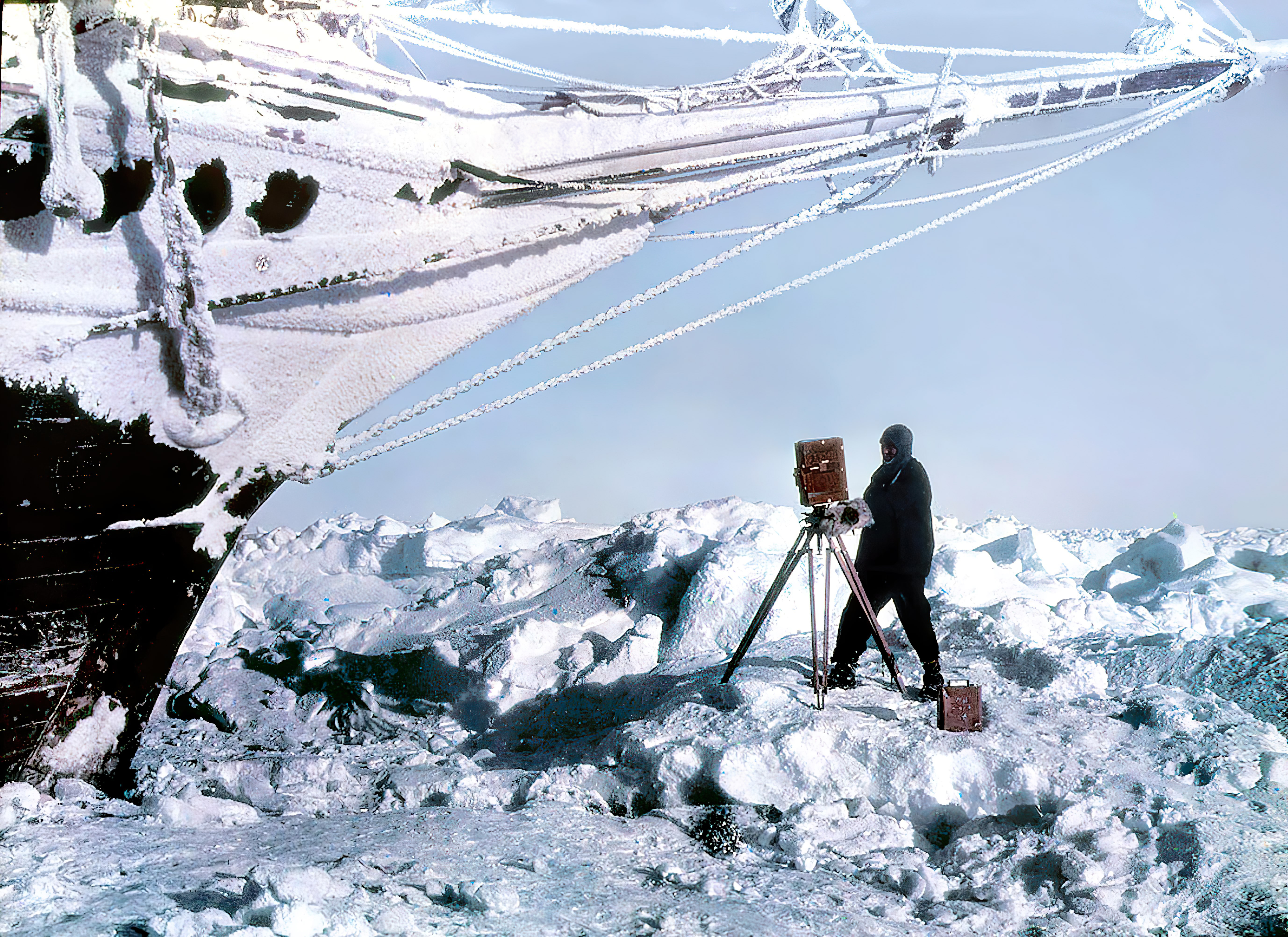
The new book showcasing his efforts, The Colors of Life, is available via the German publisher Gestalten. Humphryes says the book’s conception was “a war of attrition”—endless followers kept on at him about doing a book. When Gestalten got in touch, he was finally open to the idea.
Does he feel a sense of kind of duty to the people depicted in the photos, by bringing them to the present day? “I’m always minded that we ourselves, you and I, are ultimately going to end up being faces in photographs in somebody's drawer in 100 years’ time. They were just as alive and real as we are now. But they exist purely as this static image.
“If I can make people connect to them and make them more real––people tend to think that what I do with the photographs, makes them seem more contemporary, like people they might see in the street—then that gives them sort of an empathy and an emotional connection to them that they wouldn't otherwise have. I think that's really lovely and very important,” Humphryes says.
“Some of the photographs I've enhanced, I've had descendants message me, I've had somebody say they were a great niece of somebody in one of the photographs. And that is amazing to me, that I can bring that long past person back to life for thousands of people to see and connect with.”
Below, see a selection of his work.
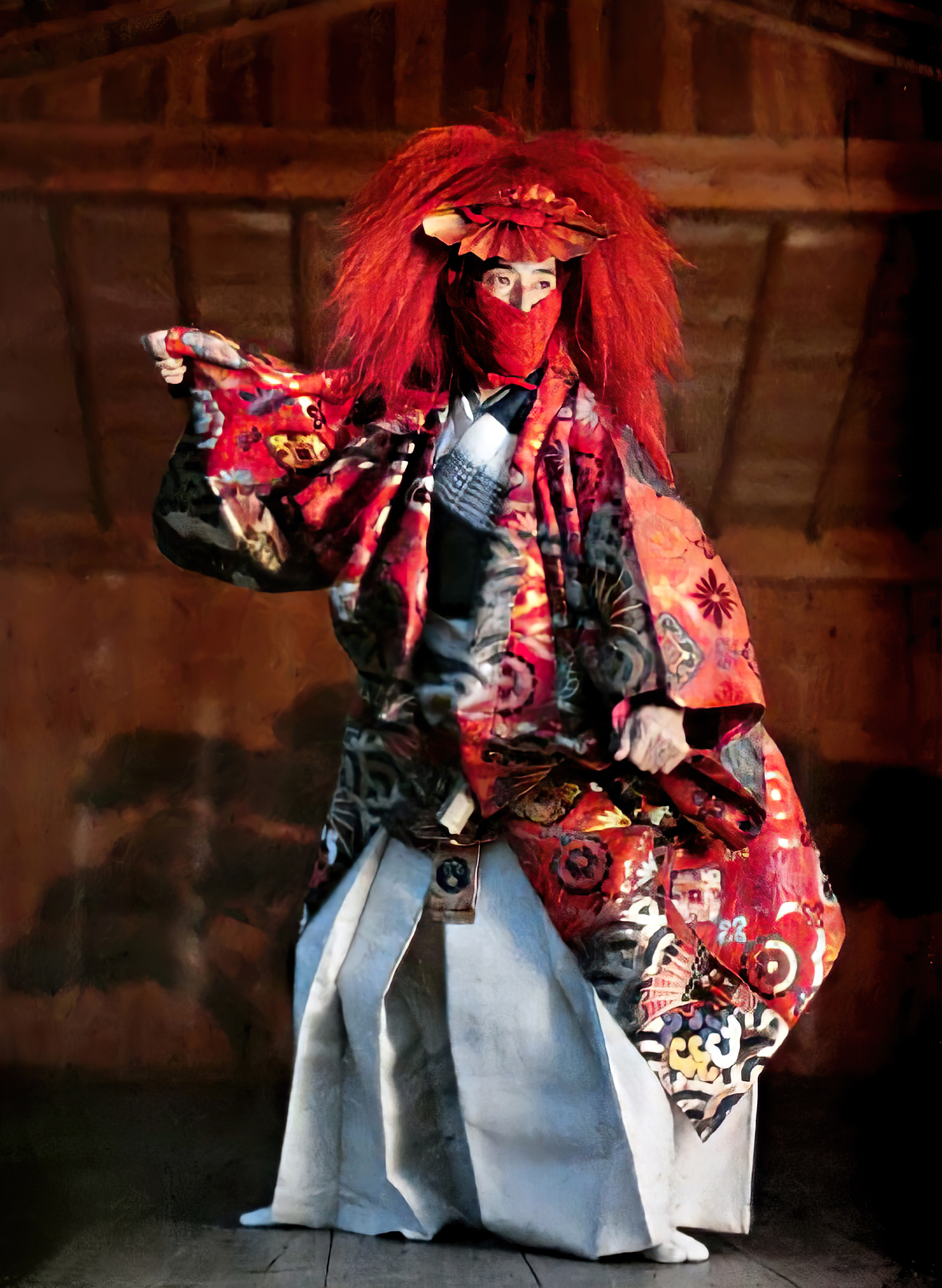
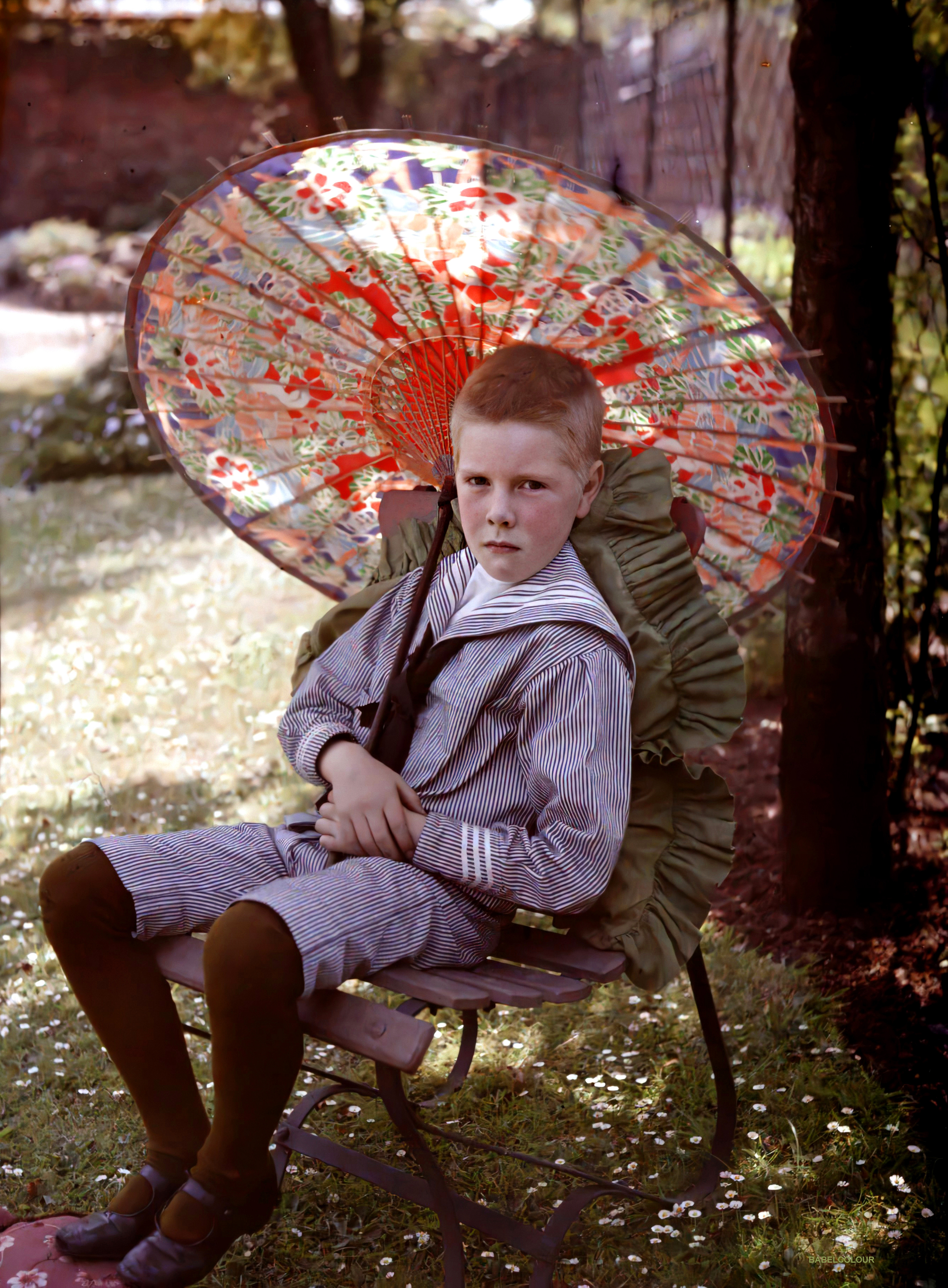
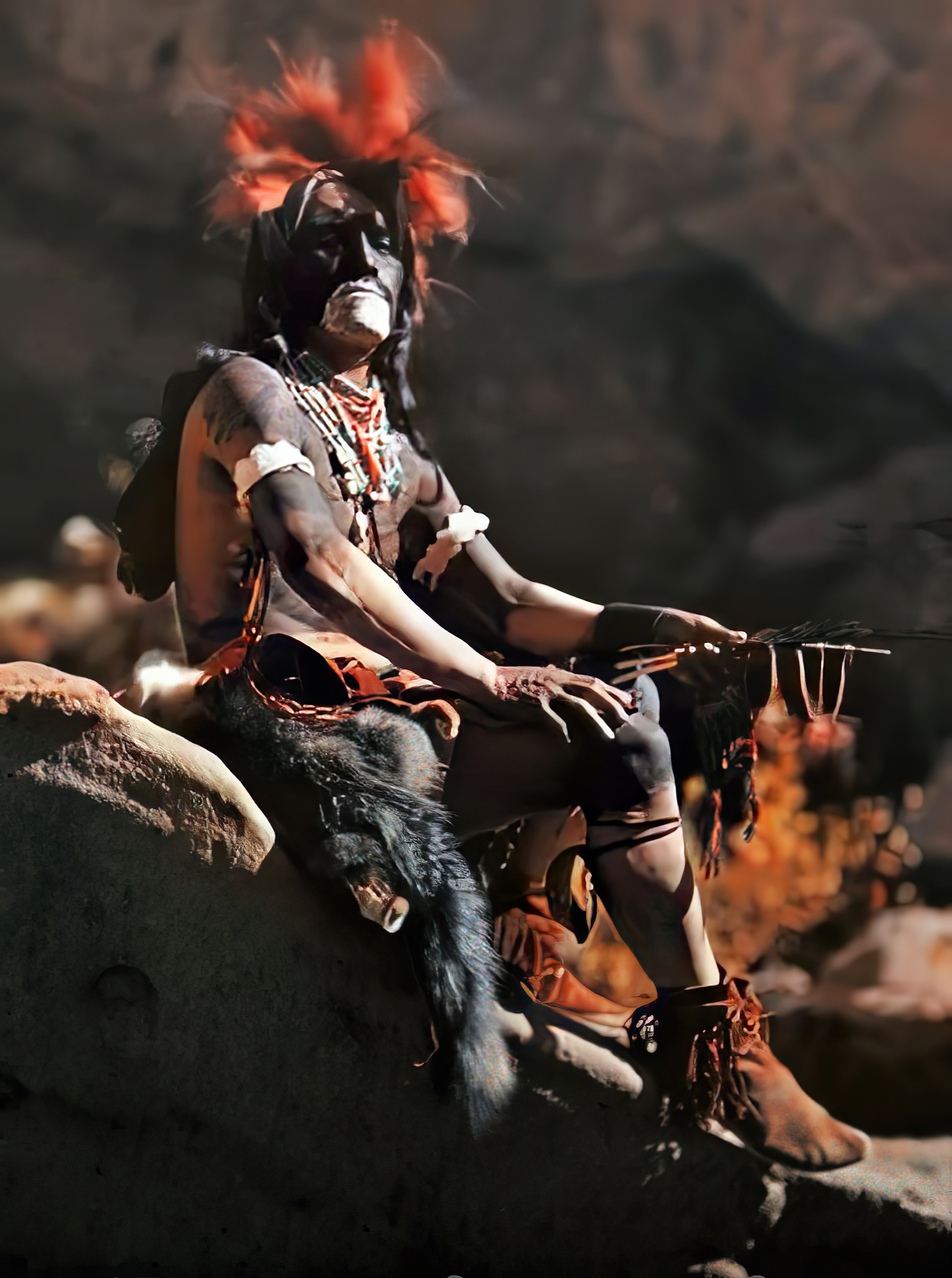
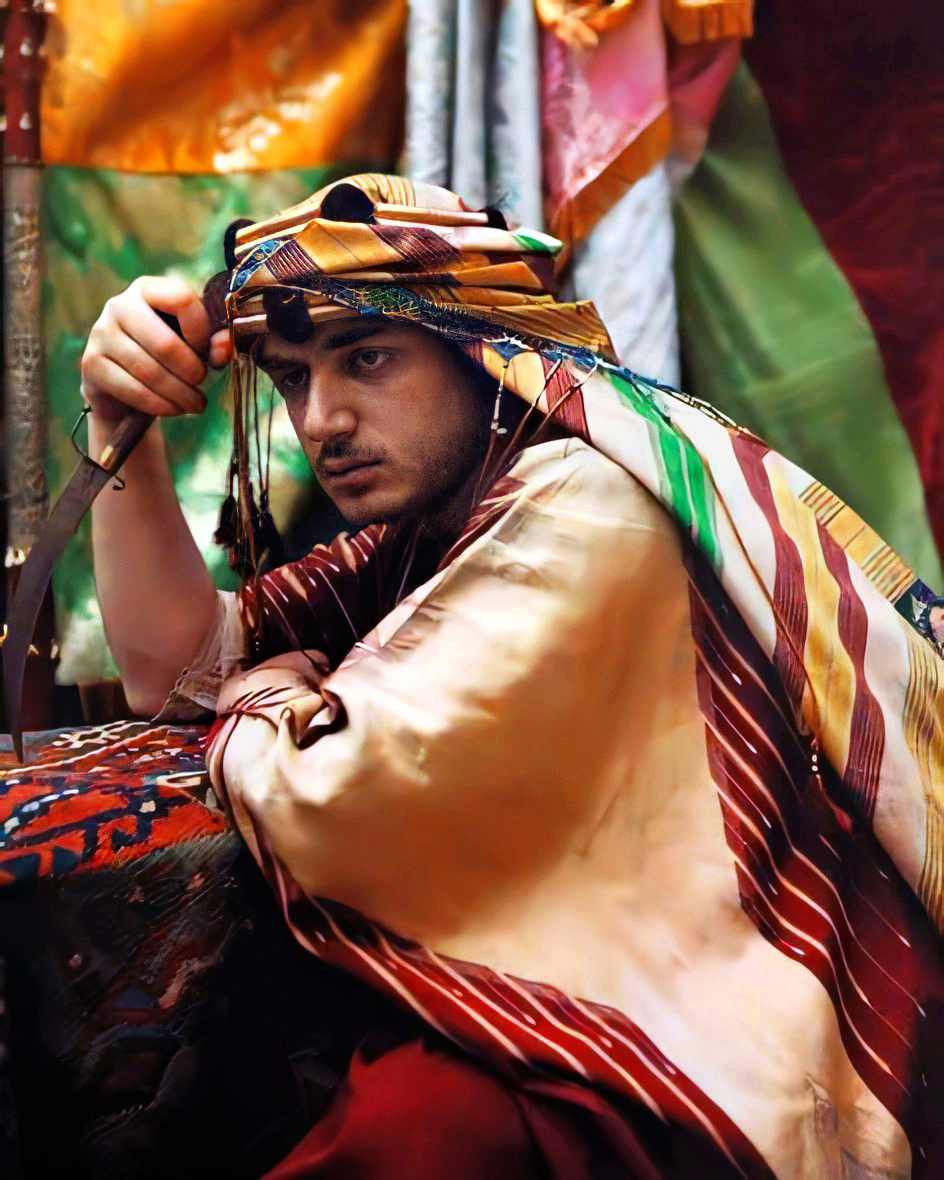
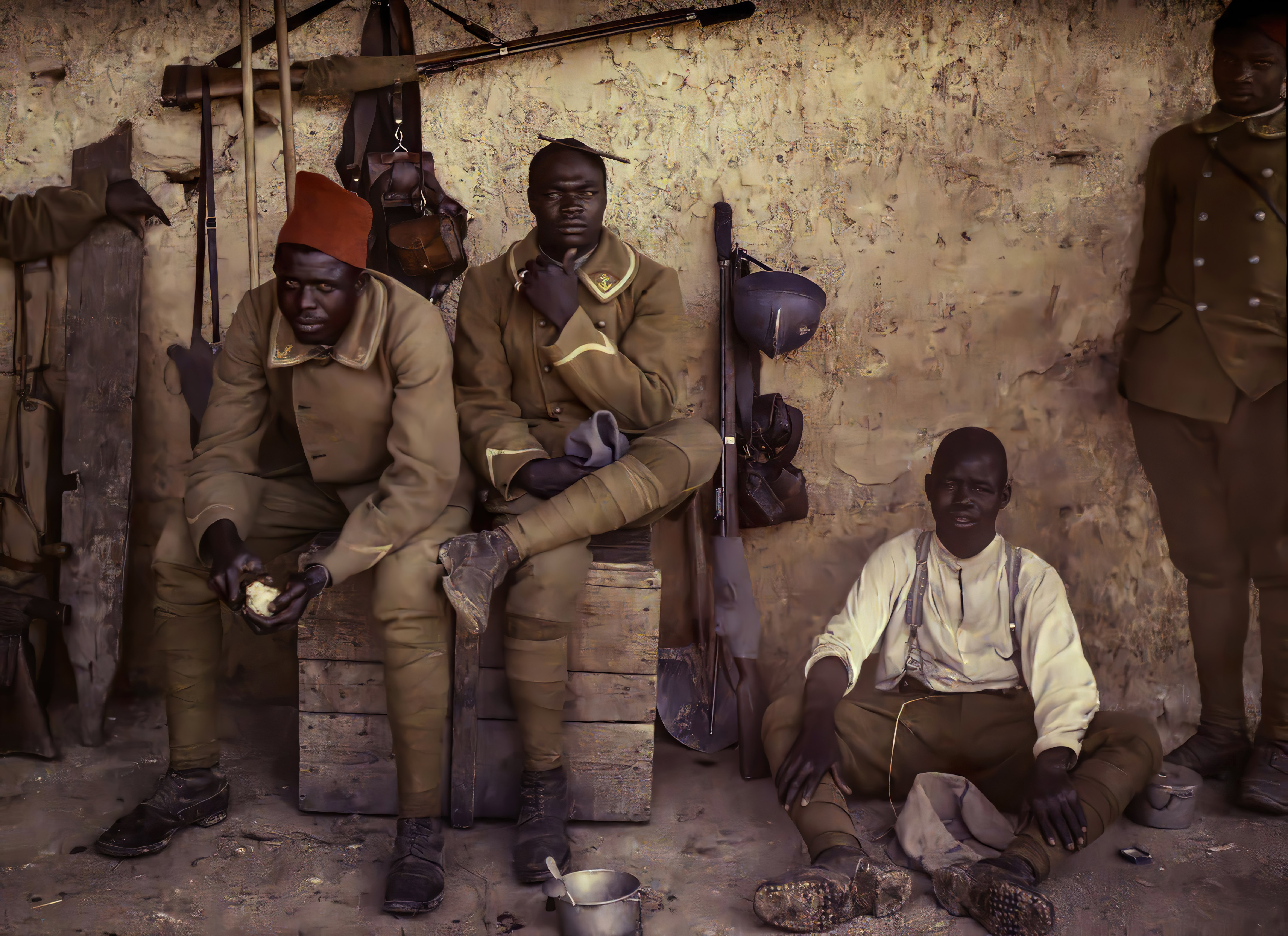
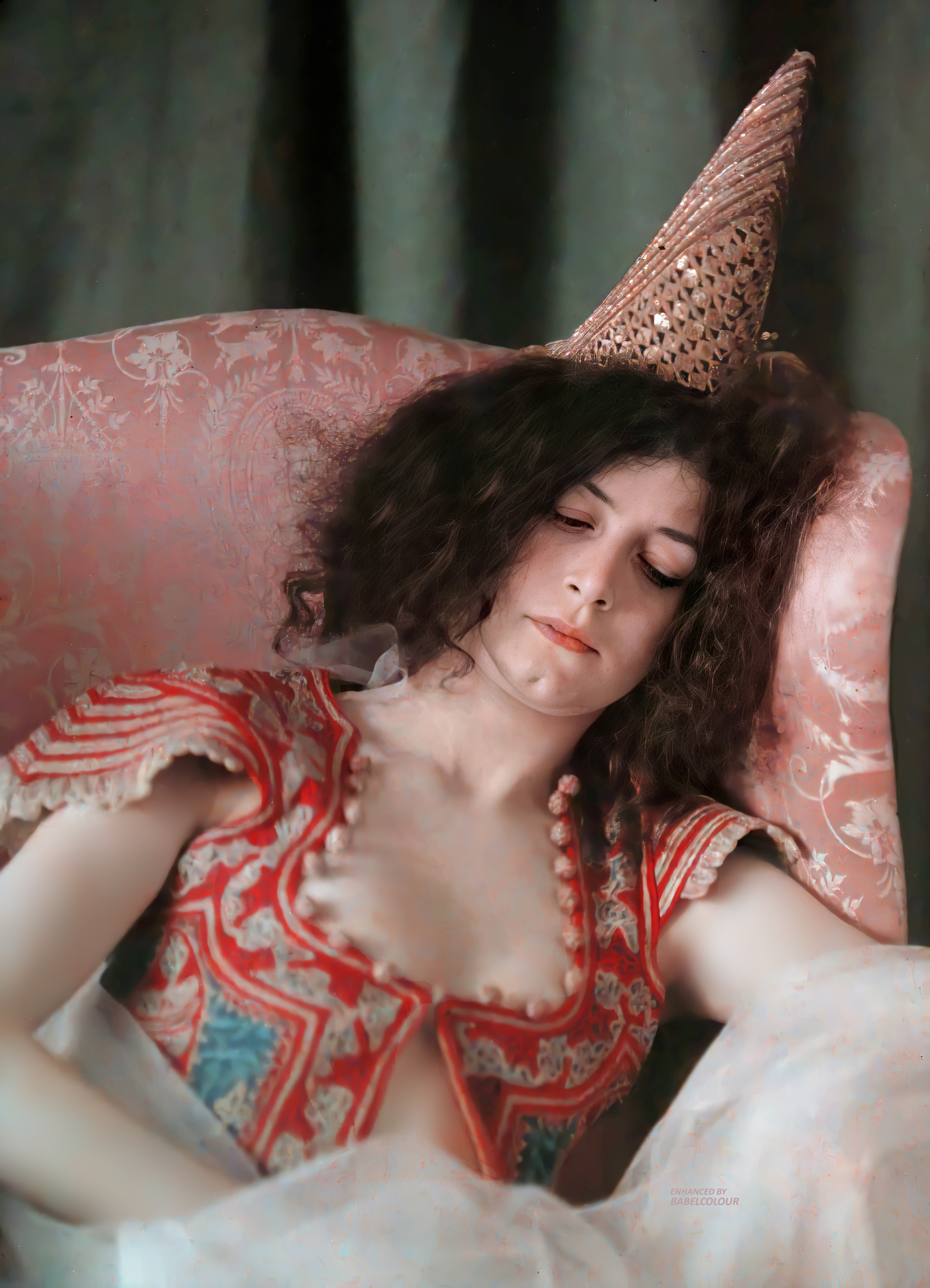

Follow Nick Thompson on Twitter.
